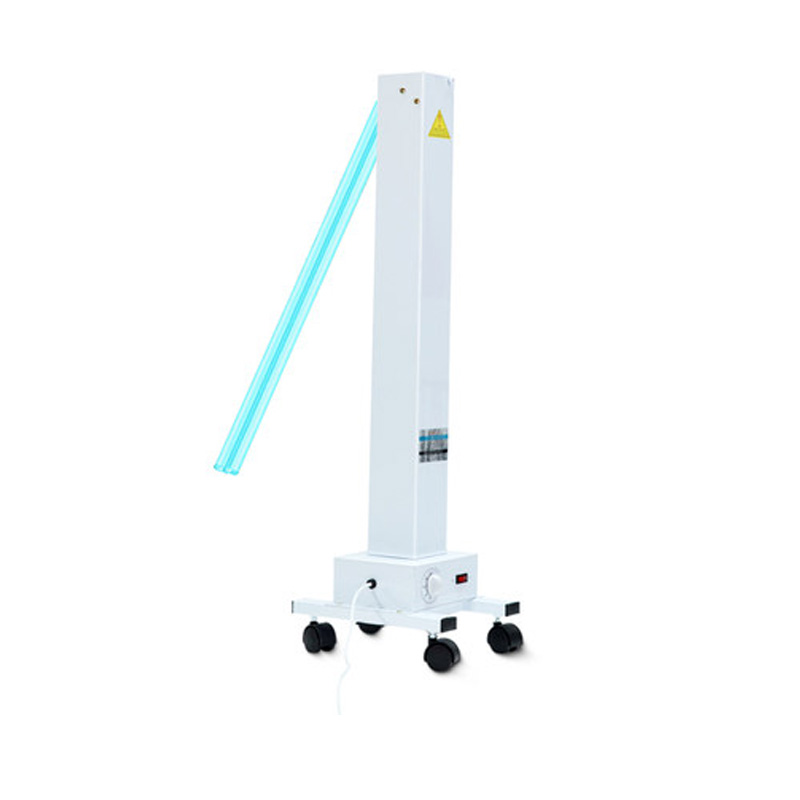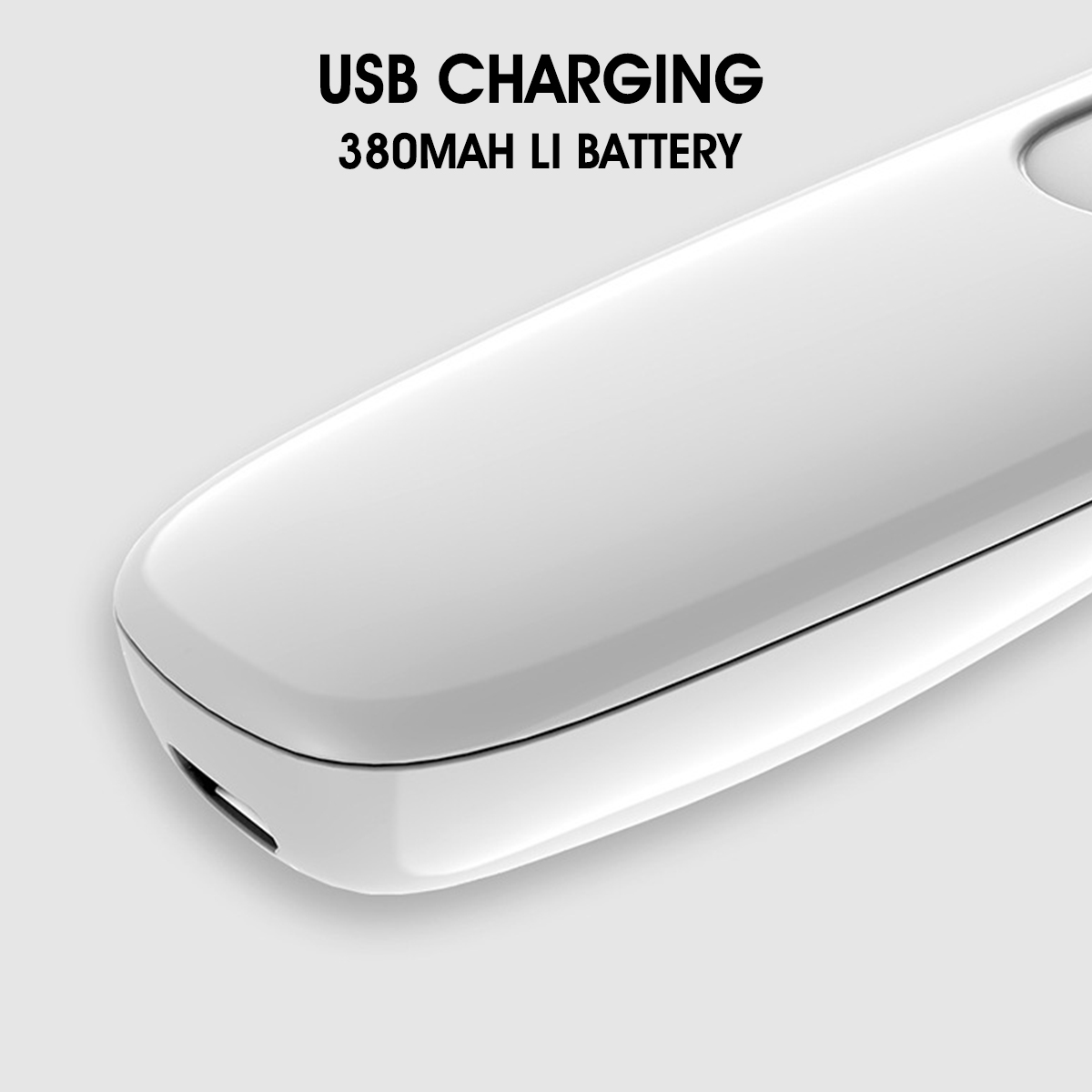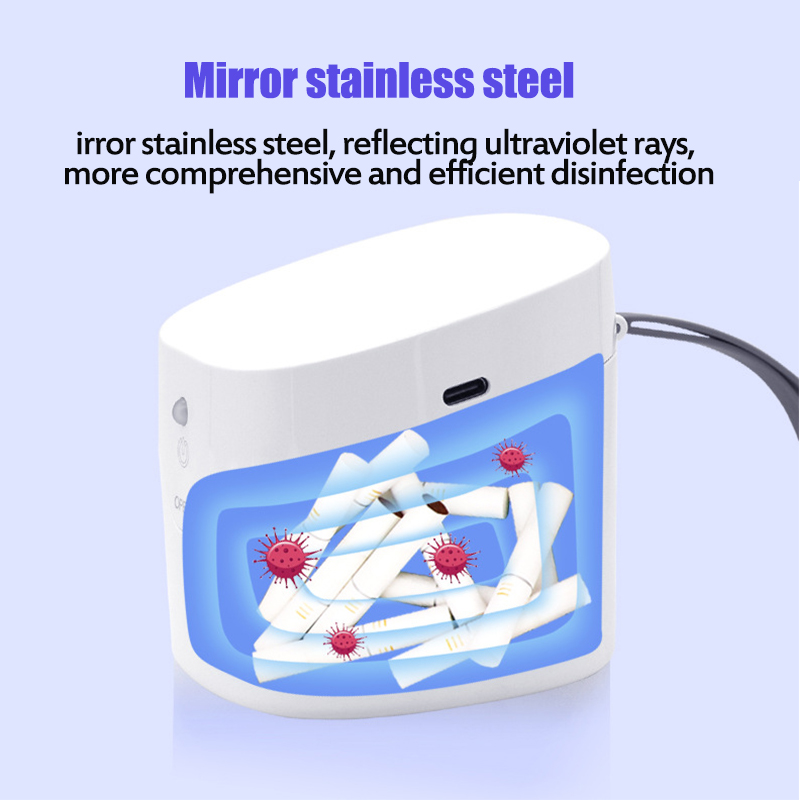

#Uvc medical abbreviation update
The 2015 American Heart Association (AHA) Guidelines Update for Cardiopulmonary Resuscitation (CPR) and Emergency Cardiovascular Care (ECC) recommended against routine endotracheal suctioning for both vigorous and nonvigorous infants born with meconium-stained amniotic fluid (MSAF). This guideline affirms the previous recommendations. Rapid and effective response and performance are critical to good newborn outcomes.ĭelayed umbilical cord clamping was recommended for both term and preterm neonates in 2015.


Team training remains an important aspect of neonatal resuscitation, including anticipation, preparation, briefing, and debriefing. The importance of skin-to-skin care in healthy babies is reinforced as a means of promoting parental bonding, breast feeding, and normothermia. Prevention of hypothermia continues to be an important focus for neonatal resuscitation. Supplemental oxygen should be used judiciously, guided by pulse oximetry. While the science and practices surrounding monitoring and other aspects of neonatal resuscitation continue to evolve, the development of skills and practice surrounding PPV should be emphasized. Positive-pressure ventilation (PPV) remains the main intervention in neonatal resuscitation. CPAP indicates continuous positive airway pressure ECG, electrocardiographic ETT, endotracheal tube HR, heart rate IV, intravenous O 2, oxygen Sp o 2, oxygen saturation and UVC, umbilical venous catheter. In addition, specific recommendations about the training of resuscitation providers and systems of care are provided in their respective guideline Parts. neonatal guidelines contain recommendations, based on the best available resuscitation science, for the most impactful steps to perform in the birthing room and in the neonatal period. The International Liaison Committee on Resuscitation (ILCOR) Formula for Survival emphasizes 3 essential components for good resuscitation outcomes: guidelines based on sound resuscitation science, effective education of resuscitation providers, and implementation of effective and timely resuscitation. Successful neonatal resuscitation efforts depend on critical actions that must occur in rapid succession to maximize the chances of survival. Effective and timely resuscitation at birth could therefore improve neonatal outcomes further. The inability of newly born infants to establish and sustain adequate or spontaneous respiration contributes significantly to these early deaths and to the burden of adverse neurodevelopmental outcome among survivors.

4, 5 The neonatal mortality rate in the United States and Canada has fallen from almost live births 6, 7 in the 1960s to the current rate of approximately live births. It is estimated that approximately 10% of newly born infants need help to begin breathing at birth, 1–3 and approximately 1% need intensive resuscitative measures to restore cardiorespiratory function. If all these steps of resuscitation are effectively completed and there is no heart rate response by 20 minutes, redirection of care should be discussed with the team and family. If the response to chest compressions is poor, it may be reasonable to provide epinephrine, preferably via the intravenous route.įailure to respond to epinephrine in a newborn with history or examination consistent with blood loss may require volume expansion. The heart rate response to chest compressions and medications should be monitored electrocardiographically. Pulse oximetry is used to guide oxygen therapy and meet oxygen saturation goals.Ĭhest compressions are provided if there is a poor heart rate response to ventilation after appropriate ventilation corrective steps, which preferably include endotracheal intubation. Inflation and ventilation of the lungs are the priority in newly born infants who need support after birth.Ī rise in heart rate is the most important indicator of effective ventilation and response to resuscitative interventions. Most newly born infants do not require immediate cord clamping or resuscitation and can be evaluated and monitored during skin-to-skin contact with their mothers after birth. Newborn resuscitation requires anticipation and preparation by providers who train individually and as teams. Top 10 Take-Home Messages for Neonatal Life Support Customer Service and Ordering Information.Stroke: Vascular and Interventional Neurology.Journal of the American Heart Association (JAHA).Circ: Cardiovascular Quality & Outcomes.Arteriosclerosis, Thrombosis, and Vascular Biology (ATVB).


 0 kommentar(er)
0 kommentar(er)
